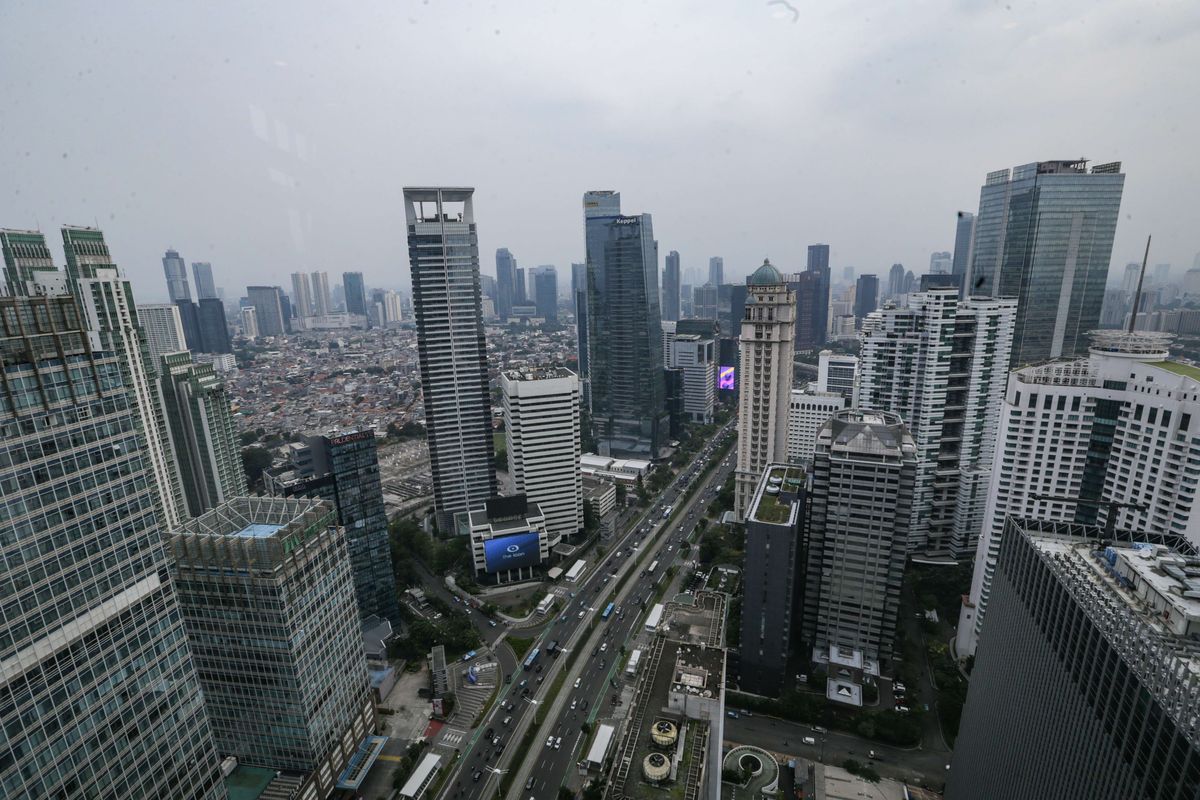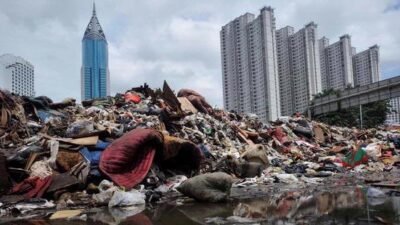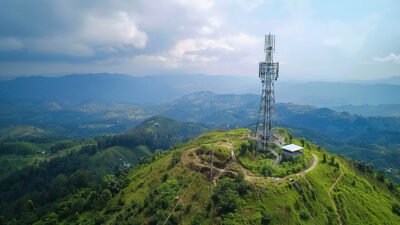In an increasingly volatile world, navigating through economic and political landscapes has never been more complex. Global uncertainty—fueled by geopolitical tensions, inflationary pressure, shifting alliances, and disruptive technology—has become the new normal. As businesses and governments alike grapple with change, understanding the trends shaping the future is essential for making informed decisions.
Let’s dive into the key projections and insights surrounding both the economic and political horizon in this unpredictable era.
Global Economy: Slower Growth, Higher Risk
According to leading analysts, global economic growth is expected to decelerate in the coming years. The International Monetary Fund (IMF) recently revised its forecast, citing persistent inflation, supply chain disruptions, and rising interest rates as major contributing factors.
Additionally, countries that once served as engines of global growth—such as China and the United States—are facing internal challenges, from real estate instability to political polarization. Consequently, emerging markets are under pressure, struggling to balance growth with debt management and social spending.
Still, it’s not all doom and gloom. Some sectors, such as renewable energy, digital services, and healthcare, continue to show resilience. Thus, while traditional engines slow, new opportunities emerge for economies that innovate and adapt.
Political Landscape: Shifting Power and Rising Tensions
On the political front, the global order is undergoing a major transformation. Power blocs are shifting, and alliances are being tested. The ongoing conflict in Ukraine, tensions in the South China Sea, and the rise of nationalist politics in various parts of the world are clear signs that global cooperation is facing increasing strain.
As a result, many countries are moving toward inward-looking policies—focusing on national resilience over global integration. Trade protectionism is rising, multilateralism is weakening, and diplomacy is increasingly taking a backseat to military posturing and economic coercion.
Nevertheless, there’s growing interest in regional cooperation, particularly in Southeast Asia and Africa, where countries are seeking collective strength in the face of global uncertainty.
What Does This Mean for Businesses and Policy Makers?
For businesses, the current climate demands agility, diversification, and digital transformation. Firms must reassess supply chains, embrace new technologies, and be ready to pivot quickly in response to changing regulations and market dynamics.
Meanwhile, policymakers are under pressure to craft responsive, forward-looking economic strategies. This includes investing in sustainable industries, strengthening domestic industries, and fostering social inclusion to prevent unrest and inequality.
At the same time, maintaining diplomatic ties and participating in regional dialogues will be critical to ensuring long-term stability.
Conclusion: Prepare, Adapt, and Stay Informed
In a world where uncertainty is the only certainty, economic and political projections are no longer about predicting a straight path—but about preparing for multiple possible outcomes. Leaders who remain informed, flexible, and proactive will be best positioned to navigate through the turbulence ahead.








